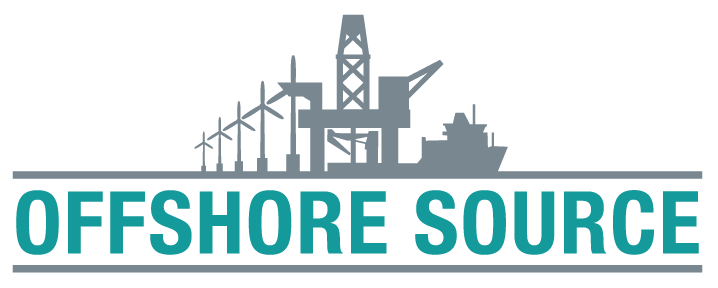 NYC-based PIRA Energy Group believes that recent economic softness will be temporary and we continue to expect above-trend growth in 2014. On the week, pretty close to flat U.S. stock profile, while Japanese crude stocks built sharply. Specifically, PIRA’s analysis of the oil market fundamentals has revealed the following:
NYC-based PIRA Energy Group believes that recent economic softness will be temporary and we continue to expect above-trend growth in 2014. On the week, pretty close to flat U.S. stock profile, while Japanese crude stocks built sharply. Specifically, PIRA’s analysis of the oil market fundamentals has revealed the following:
Economic Softness Will Be Temporary
PIRA believes recent economic softness will be temporary and we continue to expect above-trend growth in 2014. While flat price has ignored weaker economic data, crude stock builds are forecast to somewhat undermine bullish sentiment. Global refinery runs will bottom in April and then move sharply higher by midyear. Light product inventories will remain low, but diesel cracks will seasonally ease while gasoline cracks strengthen. Political risks to supply are growing, raising the probability of even larger MENA disruptions than PIRA is assuming.
Pretty Close to Flat U.S. Stock Profile
Commercial oil inventories decreased a slight 0.50 million barrels this past week, all of which was in products. This is the seventh consecutive week of product stock declines. Large product stock declines are quite typical in February because it is a strong product demand month. In fact, last year's product inventory decline during February was even larger with this past week's decline being 7.0 million barrels.
Japanese Crude Stocks Build Sharply
Total commercial stocks jumped 7 MMBbls with crude moving higher by nearly 8 MMBbls due to a surge in implied imports. Finished product stocks fell largely due to a strong draw on kerosene but also smaller draws on the other major products. Gasoil demand was very strong at 992 MB/D, the third highest level in a year. The indicative refining margin was modestly lower with all the major cracks weakening slightly.
Prices Will Be Under Some Downward Pressure
Brent crude prices remain supported by relatively tight global supply-demand balances due to continued supply disruptions and low stocks. United States crude prices relative to Brent will be choppy with WTI stronger with new pipelines, while the entire USG complex will see inventory builds during U.S. refinery maintenance before tightening again later in the 2nd quarter. European distillate cracks will trend lower as demand seasonally eases and currently tight inventories build back when Atlantic Basin runs ramp up after maintenance. Gasoline cracks are likely to increase significantly over the next few months with Atlantic Basin inventories expected to be lower than last year.
December 2013 DOE Revisions
DOE recently released its final monthly December 2013 (PSM) U.S. oil supply/demand data. While demand was revised lower by 519 MB/D, strong year-on-year gains continued. Total commercial inventories were revised higher by 8.5, with all the upward revision in products. Inventory levels of both crude and product were in deficit compared to year-ago, with that deficit having grown from end-November comparisons.
Severe Winter Weather Impacts Rail Performance
Every few years, severe winter weather causes major problems for rail transportation. This winter the weather problems have caused a record deterioration in service performance for the major U.S. railroads. These problems have contributed to the slight decline in U.S. crude by rail volumes since early December 2013. It will take two or three weeks for the rail system to recover from the cumulative effects of the weather, assuming that the rest of the winter returns to “average.” So the impact on crude by rail volumes will continue to be felt until mid-March, at a minimum.
U.S. Propane Exports Set a Record
U.S. propane exports set a new record in 2013 and are expected to increase further during the course of 2014. This will tend to keep inventories relatively low during the upcoming year, especially with stocks ending 1Q at around a record low for the period. As the season ends it will be necessary for the European and Asian chemicals operations to pick up the pace of LPG feedstock usage.
The Output of Ethanol-Blended Gasoline Soars
The production of ethanol-blended gasoline increased to a two-month high of 8,364 MB/D the week ending February 21 from 8,069 MB/D in the preceding week. U.S. ethanol output climbed for the third consecutive week, reaching 905 MB/D for the first time in five weeks.
Russian Gas Risks Greater for Central Europe; Oil Risks Minimal
The Ukrainian corridor for Russian gas exports is not as important as it used to be, but it still plays a central role in European gas supply. PIRA's analysis of pipeline flows shows that Russia can divert a little over half of the gas it moves through Ukraine to locations all over Europe. Spare capacity in the Nord Stream (Baltic) pipeline to Germany and the Yamal pipeline through Poland will allow Western Europe to receive most of the gas it needs. Central Europe and the Balkans could face some scarcity if the Ukrainian route were to temporarily disappear, but this is considered unlikely. For oil, there is less potential impact than with gas since most Russian oil exports go by tanker from Russian ports in the Baltic and Black seas.
The information above is part of PIRA Energy Group's weekly Energy Market Recap, which alerts readers to PIRA’s current analysis of energy markets around the world as well as the key economic and political factors driving those markets.
.


 NYC-based
NYC-based  Net income was 11% up on 2012 due to diesel (20%) and gasoline (11%) price increases in 2013, increased production of oil products, cost optimization, gains from the sale of assets, lower write-offs for dry wells and lower foreign exchange impact due to hedge accounting. Adjusted EBITDA totaled R$ 62.967 billion, up 18% on 2012.
Net income was 11% up on 2012 due to diesel (20%) and gasoline (11%) price increases in 2013, increased production of oil products, cost optimization, gains from the sale of assets, lower write-offs for dry wells and lower foreign exchange impact due to hedge accounting. Adjusted EBITDA totaled R$ 62.967 billion, up 18% on 2012.